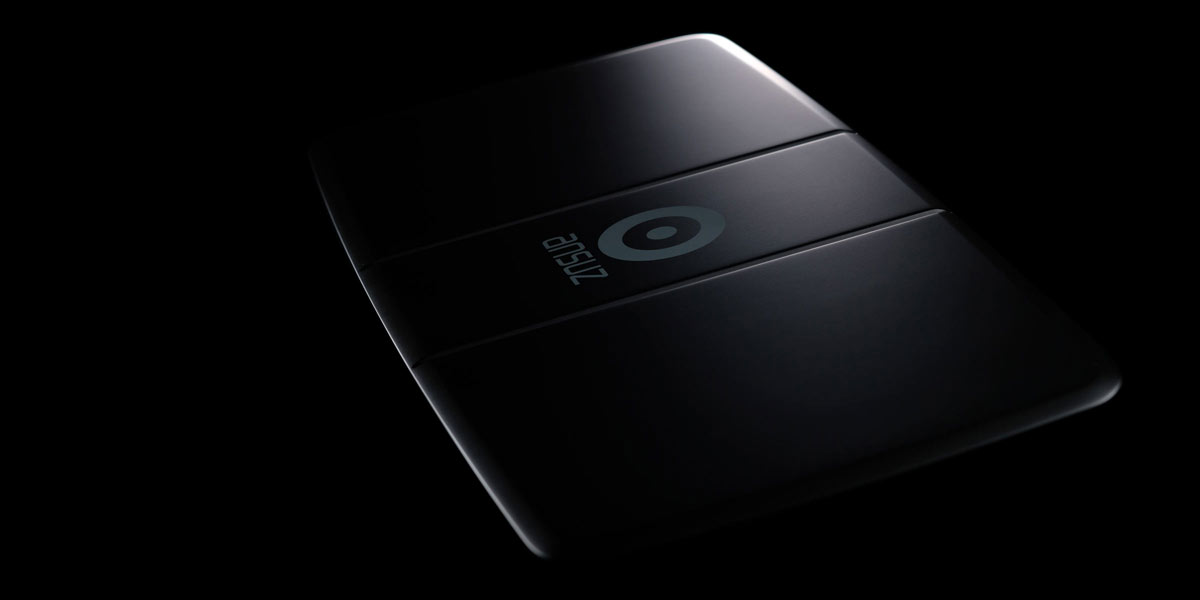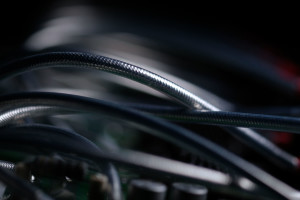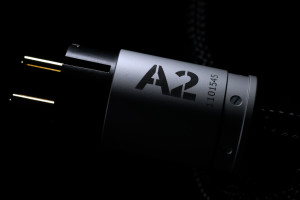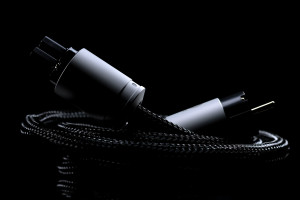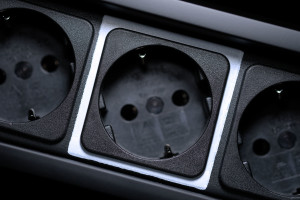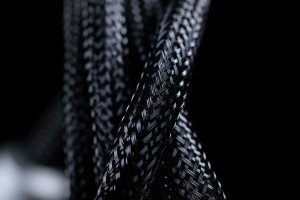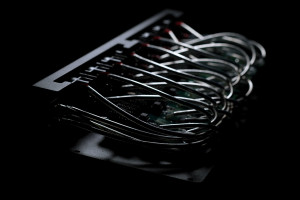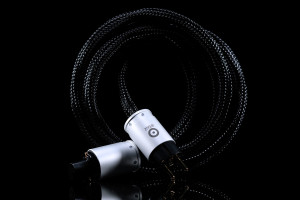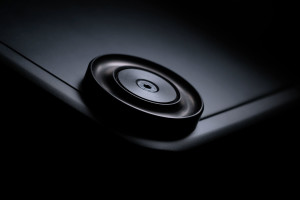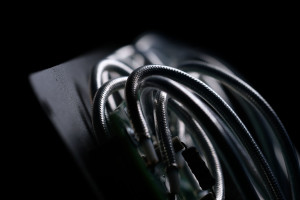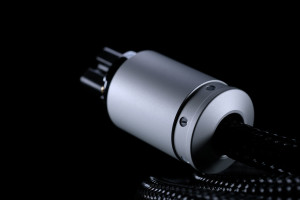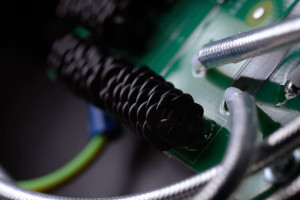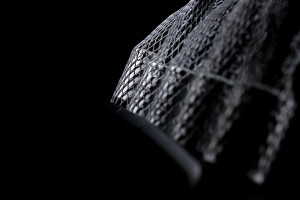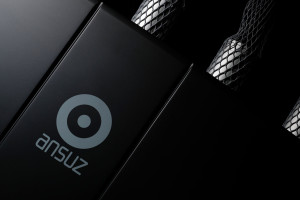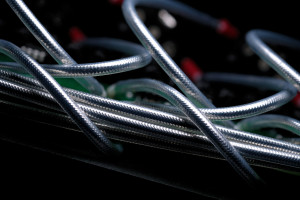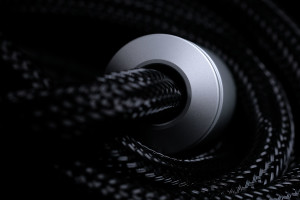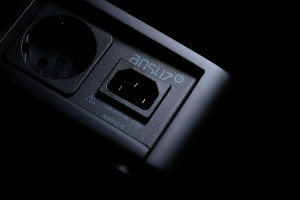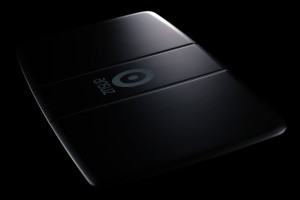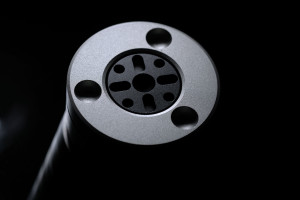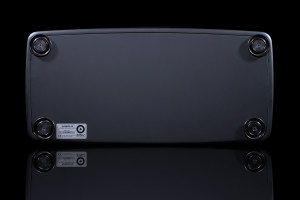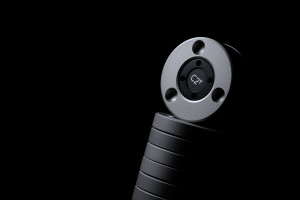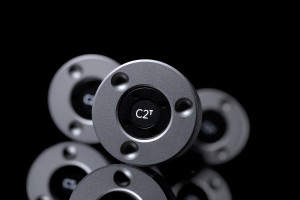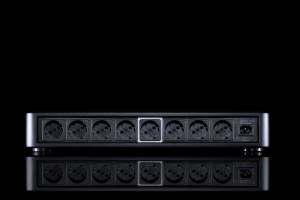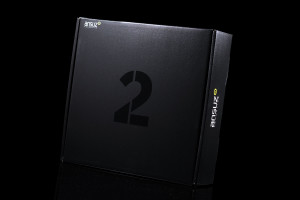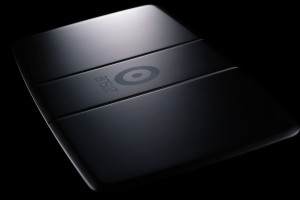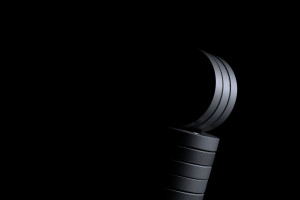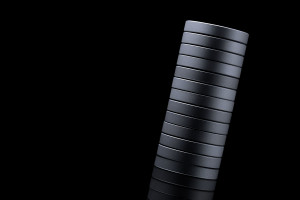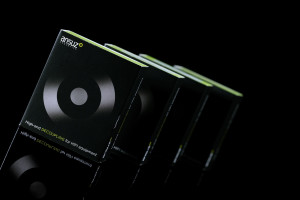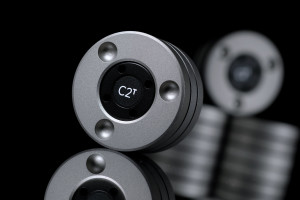Of all accesory measures meant to improve our setups’ performance, solid power feed is considered by many as no less important than room acoustics. A while ago a hefty power package arrived to my place from Denmark, and now it’s time to introduce to you its contents; Ansuz Mainz8 A2 power distributor, several Ansuz A2 cables and four Darkz C2t decouplers. Enjoy!
Introduction
Today’s report naturally continues the adventure originally started in late October 2019 and described in detail here. Back then I travelled to Denmark’s cities of Aalborg and Aarhus to investigate three top shelf audio brands – Aavik, Ansuz and Børresen – housed under the same roof and parent company – UpperLevel ApS. But most importantly, this fully blown audio establishment had at its steering wheel the industry’s two veterans, known for their work at Nordost and Raidho. Lars Kristensen and Michael Børresen departed from listed audio houses many springs ago, whereas I was fortunate to witness in person what these gents came up with since then. Suffice to say, this was no regular factory tour.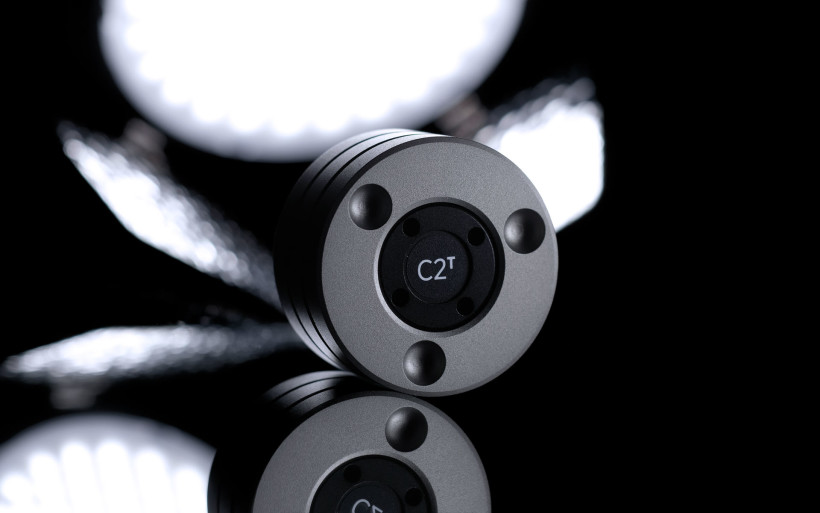 Most manufacturers’ portfolios list one or two predominant product types, but at Danes’ premises such division didn’t apply. My time spent at their main facility and showroom was equally split between presentations based on small accessories and big expensive stuff. To these Vikings everything mattered; speakers, amps, power components, cables, network, resonance control and so on so forth. You name it, they had it in check. I left the Danish soil with firm notion that my hosts’ holistic take on audio was no marketing fluff but something very real. All aural evidence collected also implied that they had means necessary to make it so. Still, to know for sure I had to have something to sink my teeth into at my own place. That’s a part of a reviewer’s job after all.
Most manufacturers’ portfolios list one or two predominant product types, but at Danes’ premises such division didn’t apply. My time spent at their main facility and showroom was equally split between presentations based on small accessories and big expensive stuff. To these Vikings everything mattered; speakers, amps, power components, cables, network, resonance control and so on so forth. You name it, they had it in check. I left the Danish soil with firm notion that my hosts’ holistic take on audio was no marketing fluff but something very real. All aural evidence collected also implied that they had means necessary to make it so. Still, to know for sure I had to have something to sink my teeth into at my own place. That’s a part of a reviewer’s job after all.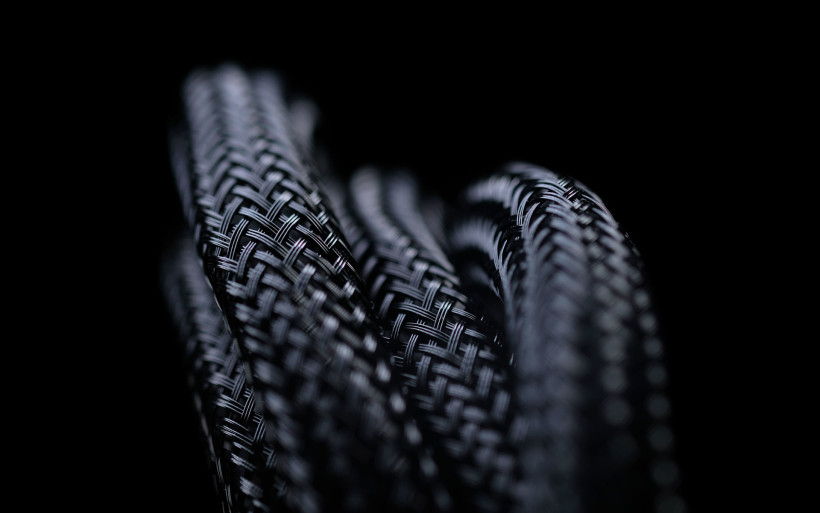 Shortly past the factory tour went live, my Danish contact asked about any products I was interested in reviewing. The sky was the limit, but common sense and my listening room’s limitations narrowed down viable choices. Srajan’s highly informational stories published here, here and here, effectively trimmed the menu further. The decision was made to start at the base level in form of complex Ansuz power treatment to front my entire system. The list of mid-tiered loaners included a set of four Mainz A2 cables, one Mainz8 A2 power distributor and its matched decoupling supports in form of 12 titanium balls on top of four Darkz C2t pucks. €17’284 seen on the bill was a lot, but nowhere near the Ansuz pinnacle. Although worth six times as much, the D2 loom sampled by Srajan wasn’t at the top either. Ouch indeed, however during my stay in Denmark it was evident that my hosts took no prisoners and charged accordingly. High performance executed via various in-house developed measures has been their way to go since day one. Still, insight into how 17 grand of Danish power feed sounded like at my place, was quite the opener already.
Shortly past the factory tour went live, my Danish contact asked about any products I was interested in reviewing. The sky was the limit, but common sense and my listening room’s limitations narrowed down viable choices. Srajan’s highly informational stories published here, here and here, effectively trimmed the menu further. The decision was made to start at the base level in form of complex Ansuz power treatment to front my entire system. The list of mid-tiered loaners included a set of four Mainz A2 cables, one Mainz8 A2 power distributor and its matched decoupling supports in form of 12 titanium balls on top of four Darkz C2t pucks. €17’284 seen on the bill was a lot, but nowhere near the Ansuz pinnacle. Although worth six times as much, the D2 loom sampled by Srajan wasn’t at the top either. Ouch indeed, however during my stay in Denmark it was evident that my hosts took no prisoners and charged accordingly. High performance executed via various in-house developed measures has been their way to go since day one. Still, insight into how 17 grand of Danish power feed sounded like at my place, was quite the opener already.
Build
Two delivered cardboards housed several uniform boxes coloured in green on black and wrapped in matched paper. If one’s after wooden chests, silken lining and generous bling, not today. Scandinavians are too practical to go this route. It’s very clear that what they’re selling is performance dressed in utilitarian form and not fashion. That’s perfectly fine in my book considering what this report’s products do and where their place is. What I appreciated however was alike look of each loaner box and lots of info at the Ansuz homepage. Those are small things, but all buttoned up inform us that Danes are professionals into even tiniest details. The first item unpacked was Ansuz Mainz8 A2 power distributor. It measures (W x D x H) 495 x 236 x 78mm, weighs about three kilograms and its enclosure is made of pressurized MDF finished in matte black. The manufacturer’s logo on top neighbours with two shallow subtle vales, which make the clean gently rounded exterior this much more interesting and appealing. Four aluminium feet installed underneath the product might seem regular at first glance, but they aren’t. Each disc sports a shallow ringed retention to accommodate three titanium balls, which then land in Ansuz Darkz decoupling pucks’ own upper cavities.
The first item unpacked was Ansuz Mainz8 A2 power distributor. It measures (W x D x H) 495 x 236 x 78mm, weighs about three kilograms and its enclosure is made of pressurized MDF finished in matte black. The manufacturer’s logo on top neighbours with two shallow subtle vales, which make the clean gently rounded exterior this much more interesting and appealing. Four aluminium feet installed underneath the product might seem regular at first glance, but they aren’t. Each disc sports a shallow ringed retention to accommodate three titanium balls, which then land in Ansuz Darkz decoupling pucks’ own upper cavities.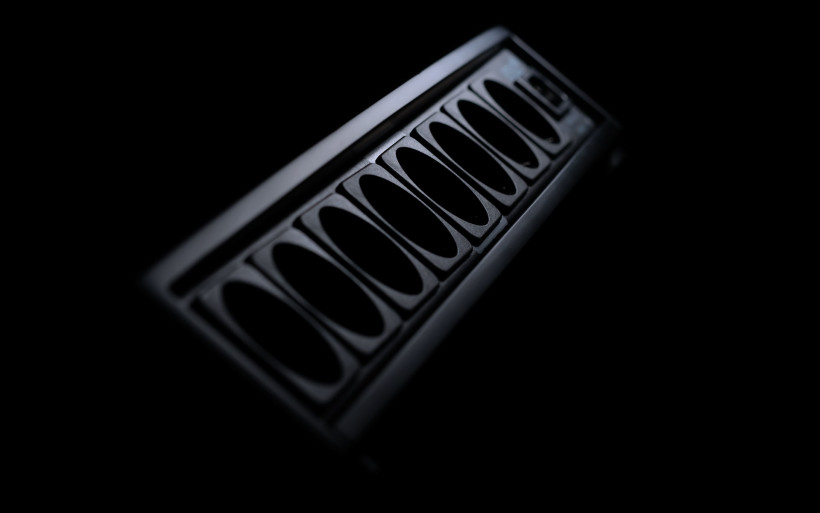 Once detached, the Mainz8 A2’s underbelly also made of MDF reveals a steel insert. Bent at a 90⁰ angle it forms the product’s rear occupied by eight sideways mounted Schuko inlets and one IEC out. Lack of fuse compartments and switches already tell us a lot about Danes’ approach to power. All Mainz8 boxes are distributors and not conditioners considered by team Ansuz as dynamically handicapped. Due to this reason each their power hub is as free from any in-built protection measures as it’s liberated from capacitors, transformers, MOVs and anything else known to truncate speed. Today’s distributor simply was designed as a purist affair with performance as top priority, whereas every part known to cripple it was off the table. This path isn’t any new. Many manufacturers strip their power bars accordingly with similar goals on mind, however Danes exploit several very unusual steps to set their work apart from anyone else.
Once detached, the Mainz8 A2’s underbelly also made of MDF reveals a steel insert. Bent at a 90⁰ angle it forms the product’s rear occupied by eight sideways mounted Schuko inlets and one IEC out. Lack of fuse compartments and switches already tell us a lot about Danes’ approach to power. All Mainz8 boxes are distributors and not conditioners considered by team Ansuz as dynamically handicapped. Due to this reason each their power hub is as free from any in-built protection measures as it’s liberated from capacitors, transformers, MOVs and anything else known to truncate speed. Today’s distributor simply was designed as a purist affair with performance as top priority, whereas every part known to cripple it was off the table. This path isn’t any new. Many manufacturers strip their power bars accordingly with similar goals on mind, however Danes exploit several very unusual steps to set their work apart from anyone else.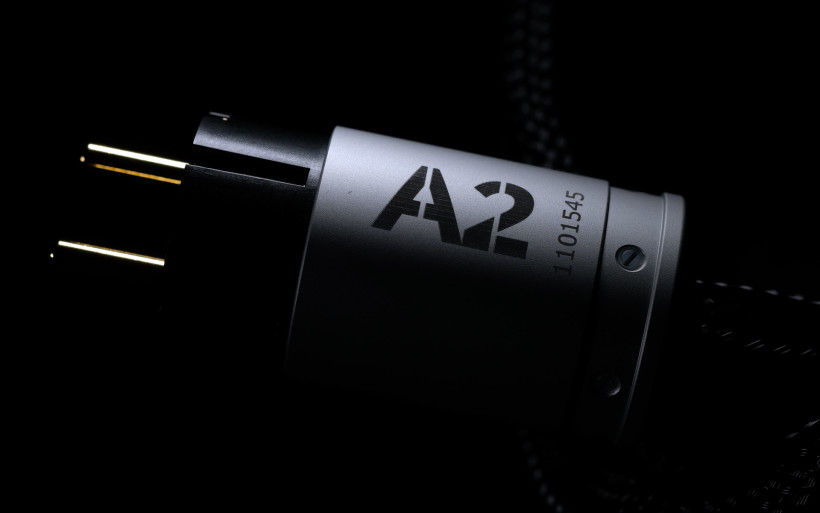 The usual distribution job aside, all Ansuz power hubs shape and suppress AC noise via a number of means, whereas their type and number installed is what differentiates each Mainz8 tier. In spite of being positioned just a cut above entry-level X and X-TC products, this review’s A2 box already showed me inside not similar to any other such product I came across. Each its socket connects to the main PCB through thick solid core distribution veins neighbouring with 31 A-TC (Active Tesla Coil) noise suppression barrels, each based on two cables twisted inversely. A voltage spike detected in one run is actively sampled and reduced via a counter spike developed in the oppositely wound leg. Picture active noise cancellation a’la Bose headphones, but meant for power. Efficacy of A-TC units adds up, which is why there are so many of them. Eight ICs just next to these coils are Ansuz’ own AD (Analog Dither) modules developed by Michael way back in the Nordost days and pushed further in Ansuz. These parts operate similarly to marine sonars. Their job is to modulate ground noise floor via injection of low-level squared frequencies into signal and in effect improve clarity.
The usual distribution job aside, all Ansuz power hubs shape and suppress AC noise via a number of means, whereas their type and number installed is what differentiates each Mainz8 tier. In spite of being positioned just a cut above entry-level X and X-TC products, this review’s A2 box already showed me inside not similar to any other such product I came across. Each its socket connects to the main PCB through thick solid core distribution veins neighbouring with 31 A-TC (Active Tesla Coil) noise suppression barrels, each based on two cables twisted inversely. A voltage spike detected in one run is actively sampled and reduced via a counter spike developed in the oppositely wound leg. Picture active noise cancellation a’la Bose headphones, but meant for power. Efficacy of A-TC units adds up, which is why there are so many of them. Eight ICs just next to these coils are Ansuz’ own AD (Analog Dither) modules developed by Michael way back in the Nordost days and pushed further in Ansuz. These parts operate similarly to marine sonars. Their job is to modulate ground noise floor via injection of low-level squared frequencies into signal and in effect improve clarity. Each Mainz8 distributor incorporates star-grounded lines linked in a single point with the lowest impedance, for a user’s convenience labeled as the white Schuko outlet. This one should accommodate a setup’s central audio component. In complex systems preamps fit the most, but in my rig a DAC took over. From this key junction remaining devices should cascade outward, thus power amps or speakers’ active woofers should be fed from today’s outermost sockets. According to team Ansuz, their star network is of extremely low impedance and doesn’t bottleneck current flow, whereas its 10mm2 thick ground veins contribute in achieving this goal. Interestingly, this report’s power distributor sports three different Ansuz technologies in total, whereas its TOTL sibling – Mainz8 D-TC Supreme – includes seven. I dared not to ask about the latter’s price.
Each Mainz8 distributor incorporates star-grounded lines linked in a single point with the lowest impedance, for a user’s convenience labeled as the white Schuko outlet. This one should accommodate a setup’s central audio component. In complex systems preamps fit the most, but in my rig a DAC took over. From this key junction remaining devices should cascade outward, thus power amps or speakers’ active woofers should be fed from today’s outermost sockets. According to team Ansuz, their star network is of extremely low impedance and doesn’t bottleneck current flow, whereas its 10mm2 thick ground veins contribute in achieving this goal. Interestingly, this report’s power distributor sports three different Ansuz technologies in total, whereas its TOTL sibling – Mainz8 D-TC Supreme – includes seven. I dared not to ask about the latter’s price.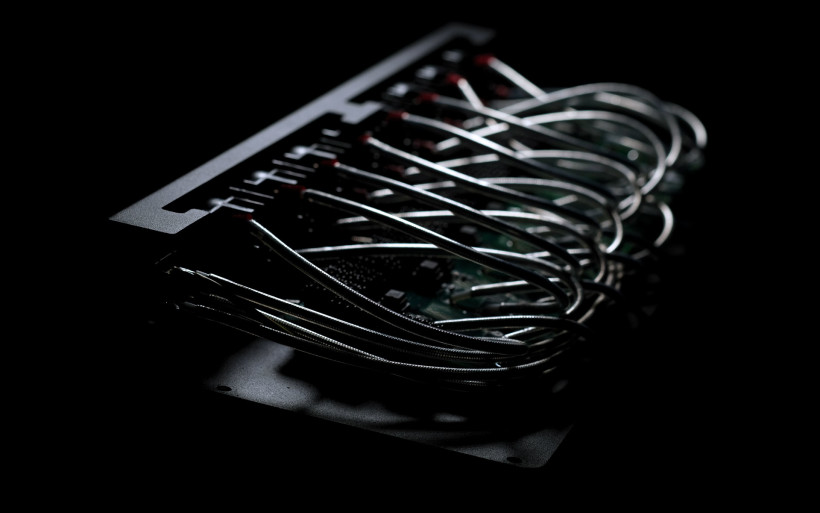 Ansuz Mainz A2 power cords on look and feel scored notes similar to their distributor kin. Although minimalist if not humble on this count, each cable was assembled to perfection. All wires dressed in their shiny sleeves were locked evenly in their aluminium plug enclosures, finished in matte silver to break omnipresent blackness and mix things up a bit. These parts had nicely engraved model labels on them. I have no idea what type of a conductor material was used in the Mainz A2 series. Reduced slinkiness and substantial memory effect would imply a number of solid core veins, perhaps even the same as found inside of the Mainz8 A2 power distributor, but that’s only my guess.
Ansuz Mainz A2 power cords on look and feel scored notes similar to their distributor kin. Although minimalist if not humble on this count, each cable was assembled to perfection. All wires dressed in their shiny sleeves were locked evenly in their aluminium plug enclosures, finished in matte silver to break omnipresent blackness and mix things up a bit. These parts had nicely engraved model labels on them. I have no idea what type of a conductor material was used in the Mainz A2 series. Reduced slinkiness and substantial memory effect would imply a number of solid core veins, perhaps even the same as found inside of the Mainz8 A2 power distributor, but that’s only my guess.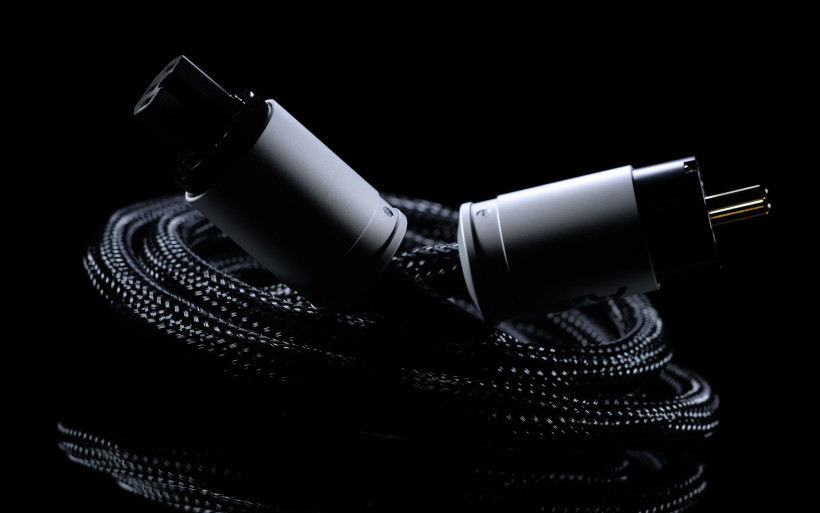 The A2 cable range includes two Ansuz technologies; Direct Ground Connector Technology (DGC) and Double Inverted Helix Coil Technology (DIHC). The former labels central ground leg as the best grounding route for connected hardware, whereas the latter tackles internal geometry based on two closely wound helical conductive strands, one of which purposely inversed to in effect reduce their opposite inductances. According to Danes high inductance is the culprit responsible for truncating dynamics, so they banish it wherever they can. And lastly, a set of four Ansuz Darkz C2t pucks was included in the package to provide additional mechanical anti-resonance layer for the Mainz8 A2 distributor. Each footer incorporates six titanium balls locked in-between three aluminium discs, thus is a hard decoupling device with some play to it, but no springy action involved. Overall execution and assembly of C2ts’ is very high and their tasteful modest look didn’t surprise, on the contrary to size. These are the smallest of their kind I’ve seen, but effective enough to create quite the inseparable team with the the Mainz8 A2.
The A2 cable range includes two Ansuz technologies; Direct Ground Connector Technology (DGC) and Double Inverted Helix Coil Technology (DIHC). The former labels central ground leg as the best grounding route for connected hardware, whereas the latter tackles internal geometry based on two closely wound helical conductive strands, one of which purposely inversed to in effect reduce their opposite inductances. According to Danes high inductance is the culprit responsible for truncating dynamics, so they banish it wherever they can. And lastly, a set of four Ansuz Darkz C2t pucks was included in the package to provide additional mechanical anti-resonance layer for the Mainz8 A2 distributor. Each footer incorporates six titanium balls locked in-between three aluminium discs, thus is a hard decoupling device with some play to it, but no springy action involved. Overall execution and assembly of C2ts’ is very high and their tasteful modest look didn’t surprise, on the contrary to size. These are the smallest of their kind I’ve seen, but effective enough to create quite the inseparable team with the the Mainz8 A2.
Sound
In order to review the Ansuz loom, fidata HFAS-S10U handled storage and transport duties, then LampizatOr Pacific DAC (KR Audio T-100/Living Voice 300B + KR Audio 5U4G Ltd. Ed.) took over to pass the signal to one of the following machines; Kinki Studio EX-M1, Trilogy 925, Bakoon AMP-13R and FirstWatt F7 fronted by Thöress DFP. From there either Boenicke Audio W11SE+ or Rethm Maarga stepped in, connected to each listed amp via the Boenicke Audio S3 speaker cable. Today’s main sparring partners were two LessLoss C-MARCs, one Audiomica Laboratory Ness Excellence and GigaWatt PC-3 SE EVO+ power conditioner fronted by the same manufacturer’s LC-3 EVO cable. Interconnects on duty were the Boenicke Audio IC3 CG and, if necessary, the Amber-modded Excellence set by Audiomica Laboratory.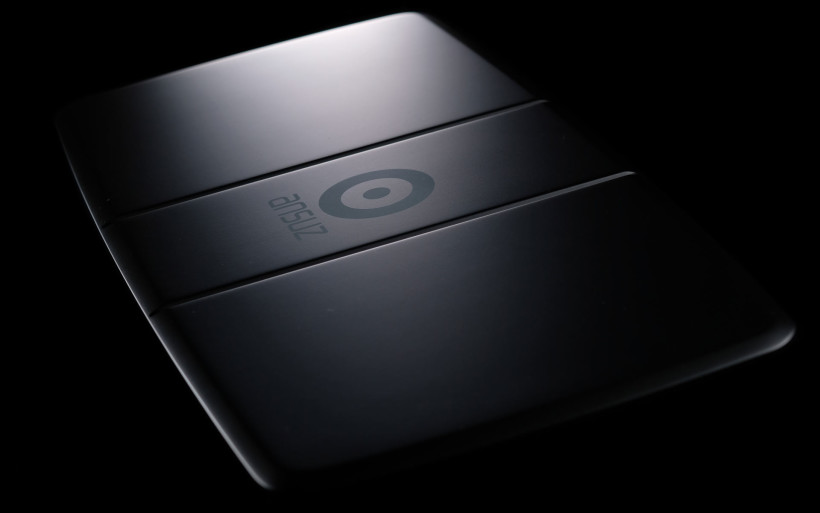 Usually power components arrive one at a time or two at most. A single cable plus a distributor/conditioner is enough hardware to have something to write about, which is why the complete Ansuz treatment sent my way I saw as a wee bit excessive at first, but in reality it was anything but. The numerous Danish family introduced plethora of options I couldn’t execute otherwise. Enough cords to wire my entire setup spelled a short easy job based on several back and forths between the Ansuz stack and my daily power veins connected to their conditioning heart. However, all this lot’s alike terminations naturally opened up the possibility to investigate each Dane’s input regardless of everything else. It was the road uphill, but I was game.
Usually power components arrive one at a time or two at most. A single cable plus a distributor/conditioner is enough hardware to have something to write about, which is why the complete Ansuz treatment sent my way I saw as a wee bit excessive at first, but in reality it was anything but. The numerous Danish family introduced plethora of options I couldn’t execute otherwise. Enough cords to wire my entire setup spelled a short easy job based on several back and forths between the Ansuz stack and my daily power veins connected to their conditioning heart. However, all this lot’s alike terminations naturally opened up the possibility to investigate each Dane’s input regardless of everything else. It was the road uphill, but I was game.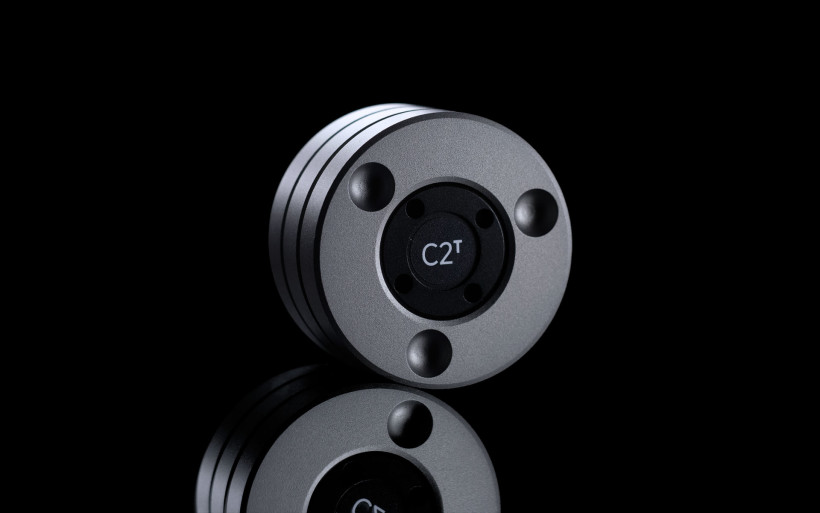 The whole Ansuz setup replaced my daily tools shortly past its arrival and was left alone for several weeks, just to allow the accommodation phase to naturally kick in, which means that all critical comparisons were off the table during that time. Then the pandemic lockdown left quite the dent in my schedule and effectively kept me away from the listening room for quite a while. To finally start somewhere after a month of enforced break, the LessLoss C-MARC replaced the Mainz A2 cord on duty with my DAC very susceptible to any tweaks, especially those related to power. The clear meta shift that occurred was somewhat expected, but it made me smile nonetheless.
The whole Ansuz setup replaced my daily tools shortly past its arrival and was left alone for several weeks, just to allow the accommodation phase to naturally kick in, which means that all critical comparisons were off the table during that time. Then the pandemic lockdown left quite the dent in my schedule and effectively kept me away from the listening room for quite a while. To finally start somewhere after a month of enforced break, the LessLoss C-MARC replaced the Mainz A2 cord on duty with my DAC very susceptible to any tweaks, especially those related to power. The clear meta shift that occurred was somewhat expected, but it made me smile nonetheless.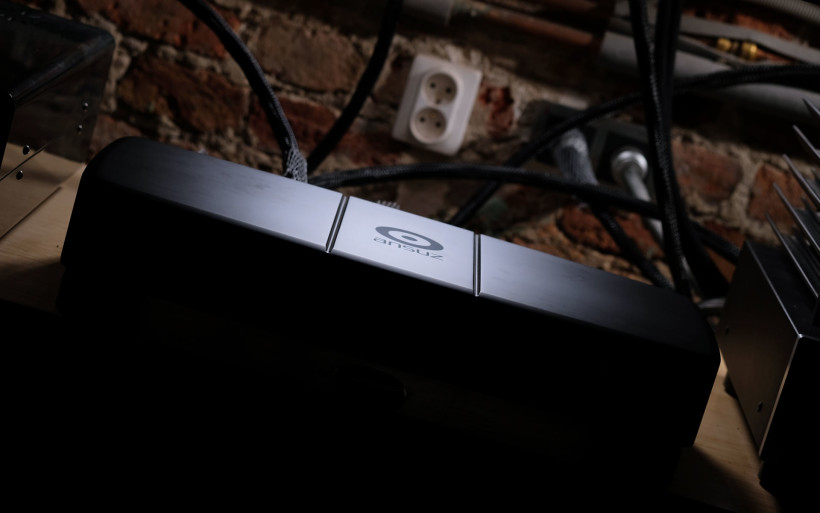 In October 2019 I left the Aalborg facility with several very clear takeaways and the importance of noise rejection was one of them. The Danish team couldn’t stress enough how crucial and foundational this specific aspect was to pretty much everything they’ve been working on. It’s one thing to hear its direct effect in form of silence in an unknown environment, yet the ability to replicate, witness and experience it in one’s own playground is more meaningful. This particularly haunting background darkness was the common ground for the C-MARC and Mainz A2 and also the reason for my smile. Each cord removed excess grain from musical backdrop with ease and made virtual outlines less artificial, more relaxed and tangible. Each decreased shout on subpar repertoire, boosted textural complexity, softened upstairs and made it weightier. Each tightened bass and reduced in-room wobble. Each made the effect more natural and flowing; less digital, processed and frosty. Each extracted tiny dust particles suspended in air without a miss and neither demanded anything in return for its thorough cleaning action. Both compared cables clearly were very potent noise killers and I couldn’t tell which one scored more hits on this specific count in my setup. But even in spite of their universally silent spine, they weren’t quite alike.
In October 2019 I left the Aalborg facility with several very clear takeaways and the importance of noise rejection was one of them. The Danish team couldn’t stress enough how crucial and foundational this specific aspect was to pretty much everything they’ve been working on. It’s one thing to hear its direct effect in form of silence in an unknown environment, yet the ability to replicate, witness and experience it in one’s own playground is more meaningful. This particularly haunting background darkness was the common ground for the C-MARC and Mainz A2 and also the reason for my smile. Each cord removed excess grain from musical backdrop with ease and made virtual outlines less artificial, more relaxed and tangible. Each decreased shout on subpar repertoire, boosted textural complexity, softened upstairs and made it weightier. Each tightened bass and reduced in-room wobble. Each made the effect more natural and flowing; less digital, processed and frosty. Each extracted tiny dust particles suspended in air without a miss and neither demanded anything in return for its thorough cleaning action. Both compared cables clearly were very potent noise killers and I couldn’t tell which one scored more hits on this specific count in my setup. But even in spite of their universally silent spine, they weren’t quite alike. Cost-effective LessLoss C-MARC utmost capably shows any powered product’s unaltered flavour with no second guesses, which is why I’ve been using two of these snakes in my setup ever since their arrival. Today’s pushed the envelope in the same direction even more so and that’s what I mapped as the key reason behind its heftier price tag. All things considered, the leading disparity between the Mainz A2 and C-MARC narrowed down to their audibility in my rig. Simply put, the former’s footprint was more present in there than the more humble latter, but more distinctions emerged after several swaps that followed.
Cost-effective LessLoss C-MARC utmost capably shows any powered product’s unaltered flavour with no second guesses, which is why I’ve been using two of these snakes in my setup ever since their arrival. Today’s pushed the envelope in the same direction even more so and that’s what I mapped as the key reason behind its heftier price tag. All things considered, the leading disparity between the Mainz A2 and C-MARC narrowed down to their audibility in my rig. Simply put, the former’s footprint was more present in there than the more humble latter, but more distinctions emerged after several swaps that followed.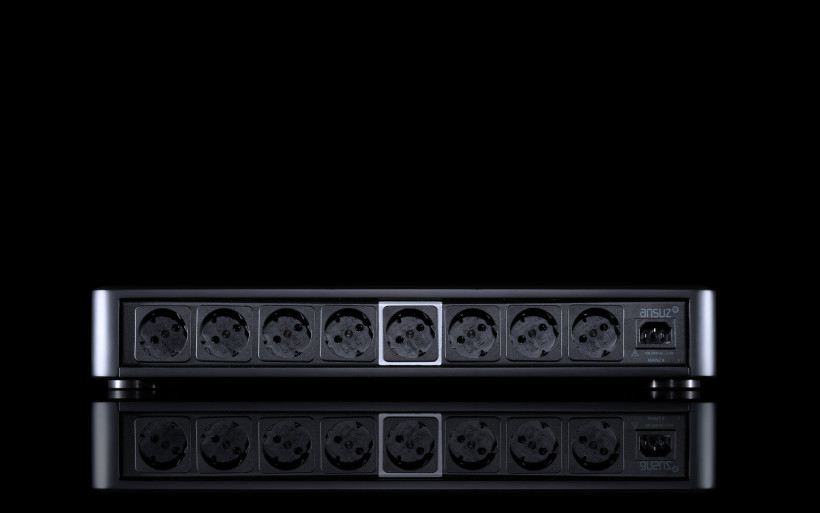 The Lithuanian staged smaller versus the spatially mightier and more direct A2. The Dane portrayed virtual sound sources closer and taller, but without falling into the overblown unnaturally big trap. It’s safe to say that its application just before my DAC was to quite an extent comparable to adding about an inch to the W11 SE+’s woofers’ diameter, stiffening their surround and using an amp with higher DF on top of that. All these changes made the A2 more visceral and energetic, especially with feisty music delivered at high SPL. Although agile in action, the Ansuz wasn’t spicier than it should. Inherently very silent, on demand it delivered gentle female vocals not chiseled or dry, but pleasantly round, explicit and soft. Calm celli strings or acoustic guitar plucks it made pleasantly long, vibrant, soft and sensual. It played in the league high enough to leave overexposure, upstairs itch, fatigue, juvenile zeal and any hints of textural dryness off the table. This versatility and lack of any obvious weaknesses are what to my understanding separates products deemed as very good from first class specimens. The A2 shaped up to be the latter.
The Lithuanian staged smaller versus the spatially mightier and more direct A2. The Dane portrayed virtual sound sources closer and taller, but without falling into the overblown unnaturally big trap. It’s safe to say that its application just before my DAC was to quite an extent comparable to adding about an inch to the W11 SE+’s woofers’ diameter, stiffening their surround and using an amp with higher DF on top of that. All these changes made the A2 more visceral and energetic, especially with feisty music delivered at high SPL. Although agile in action, the Ansuz wasn’t spicier than it should. Inherently very silent, on demand it delivered gentle female vocals not chiseled or dry, but pleasantly round, explicit and soft. Calm celli strings or acoustic guitar plucks it made pleasantly long, vibrant, soft and sensual. It played in the league high enough to leave overexposure, upstairs itch, fatigue, juvenile zeal and any hints of textural dryness off the table. This versatility and lack of any obvious weaknesses are what to my understanding separates products deemed as very good from first class specimens. The A2 shaped up to be the latter. Although both the C-MARC and Mainz A2 shared the very same kosher backbone, the former was more grounded, calmer and somewhat distant, whereas today’s had happier, bigger, speedier and more open personality. My usual repertoire to map overall eagerness lists tracks by Acid, Luca Stricagnoli, Rodrigo y Gabriela, Battles and many more. With such music the Danish cable behaved as if it was capable of moving more air in my room, slam harder and deliver quick bass jabs even shorter to effectively secure extra points on propulsion, immediacy and momentum. These qualities naturally enhanced excitement embedded in inherently snappy and invigorating tracks. To make it perfectly clear, I’m far from labeling the C-MARC as dull, slow and unclear. In the grand scheme of things it’s anything but. Still, the A2 unlocked the view on the realm above my daily cords. It incorporated all C-MARCs’ key features to boost the effect by extra adrenaline and openness.
Although both the C-MARC and Mainz A2 shared the very same kosher backbone, the former was more grounded, calmer and somewhat distant, whereas today’s had happier, bigger, speedier and more open personality. My usual repertoire to map overall eagerness lists tracks by Acid, Luca Stricagnoli, Rodrigo y Gabriela, Battles and many more. With such music the Danish cable behaved as if it was capable of moving more air in my room, slam harder and deliver quick bass jabs even shorter to effectively secure extra points on propulsion, immediacy and momentum. These qualities naturally enhanced excitement embedded in inherently snappy and invigorating tracks. To make it perfectly clear, I’m far from labeling the C-MARC as dull, slow and unclear. In the grand scheme of things it’s anything but. Still, the A2 unlocked the view on the realm above my daily cords. It incorporated all C-MARCs’ key features to boost the effect by extra adrenaline and openness.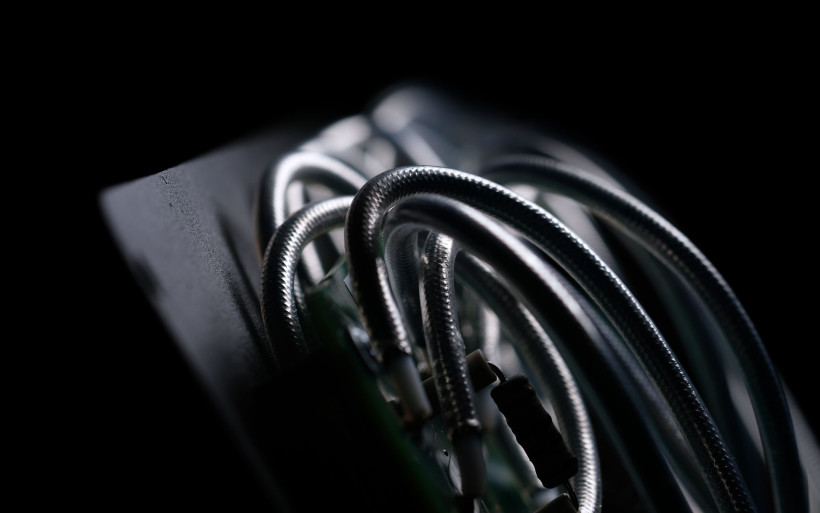 The next stop involved my setup’s all three components wired by Ansuz cables on rotation with two C-MARCs plus one Ness Excellence power cord by the local Audiomica Laboratory operation. Each trio connected to the Mainz8 A2 power distributor linked with the main outlet via Mainz A2. This exercise was in order just to confirm what I already knew. The DAC scaled the best with different cords, then there was my server/streamer and lastly amps, but the Danes’ input was universally fitting. My daily power cords bested by three A2 specimens on counts already listed above was no shocker at this point, however the Ness Excellence once again emerged as a different animal. Chunky, full and slow versus remaining cables, this one was tailored to work with gear thin, whitish, quick and ethereal, which is why I can imagine a scenario where these two severe imbalances would nicely cancel each other out. In this context the equally universal A2 and C-MARC not only provide cleaning treatment, but also grant insight into aspects not up to scratch instead of fixing them or changing the sonic meta in any direction in particular. Simply put, this silent cable breed is for enthusiasts ready to face the truth head on.
The next stop involved my setup’s all three components wired by Ansuz cables on rotation with two C-MARCs plus one Ness Excellence power cord by the local Audiomica Laboratory operation. Each trio connected to the Mainz8 A2 power distributor linked with the main outlet via Mainz A2. This exercise was in order just to confirm what I already knew. The DAC scaled the best with different cords, then there was my server/streamer and lastly amps, but the Danes’ input was universally fitting. My daily power cords bested by three A2 specimens on counts already listed above was no shocker at this point, however the Ness Excellence once again emerged as a different animal. Chunky, full and slow versus remaining cables, this one was tailored to work with gear thin, whitish, quick and ethereal, which is why I can imagine a scenario where these two severe imbalances would nicely cancel each other out. In this context the equally universal A2 and C-MARC not only provide cleaning treatment, but also grant insight into aspects not up to scratch instead of fixing them or changing the sonic meta in any direction in particular. Simply put, this silent cable breed is for enthusiasts ready to face the truth head on.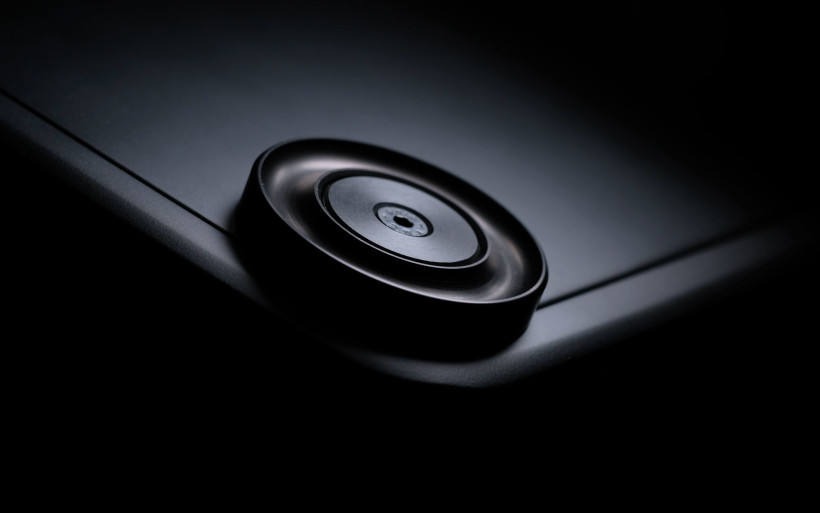 The firm aural fix on the three Mainz A2s’ action marked the Ansuz power box as my next target. The Mainz8 A2 on duty with the A2 cable had to compete against Gigawatt’s PC-3 SE EVO+/LC-3 EVO combo. Interestingly the price difference between both was a negligible €5; without Ansuz footers and titanium balls the Danish pack sells for €6’200 versus the latter’s total ask of €6’195. Three A2 cables on duty with my setup’s main components, were now on rotation between both power hubs connected to the same duplex outlet. It’s said that many power conditioners’ circuits based on caps, MOVs, isolation transformers etc. impact their dynamics, but let’s move beyond this view and shift our focus to hardware in possession of the audio industry’s press people. Their exposure to dozens of differently combined products each year results in experience beyond reach of most regular customers. Needless to say, this knowledge is utmost useful when it comes down to spending journos’ own money. But most importantly, their very costly setups oftentimes connect to externally simple fully passive power distributors, oftentimes sold for far less versus many conditioning decks. Have you ever wondered why this happens? I’ll let you in on a secret, price has nothing to do with it. Just sayin’
The firm aural fix on the three Mainz A2s’ action marked the Ansuz power box as my next target. The Mainz8 A2 on duty with the A2 cable had to compete against Gigawatt’s PC-3 SE EVO+/LC-3 EVO combo. Interestingly the price difference between both was a negligible €5; without Ansuz footers and titanium balls the Danish pack sells for €6’200 versus the latter’s total ask of €6’195. Three A2 cables on duty with my setup’s main components, were now on rotation between both power hubs connected to the same duplex outlet. It’s said that many power conditioners’ circuits based on caps, MOVs, isolation transformers etc. impact their dynamics, but let’s move beyond this view and shift our focus to hardware in possession of the audio industry’s press people. Their exposure to dozens of differently combined products each year results in experience beyond reach of most regular customers. Needless to say, this knowledge is utmost useful when it comes down to spending journos’ own money. But most importantly, their very costly setups oftentimes connect to externally simple fully passive power distributors, oftentimes sold for far less versus many conditioning decks. Have you ever wondered why this happens? I’ll let you in on a secret, price has nothing to do with it. Just sayin’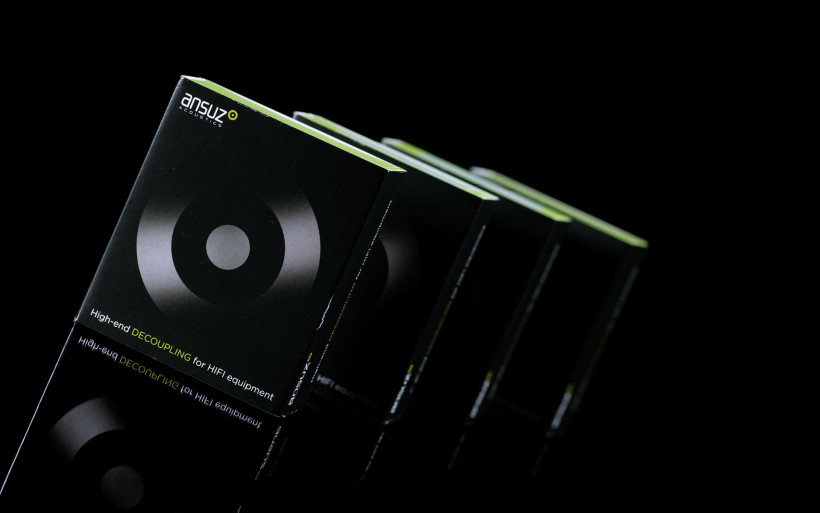 As much as I agree with the general take on power conditioners’ dynamics, I wouldn’t label my Gigawatt as sluggish per se. After nearly a year spent with this machine, its potency in this specific regard is perfectly orderly by my standards. Vast majority of enthusiasts wouldn’t see the PC-3 SE EVO+’s speedometer any limited, however it’s a matter of a speedier reference point and the Mainz8 A2 emerged as one. It’s as dynamically gifted as the same manufacturer’s power cords are. Suffice to say, all this lot excelled on quickness, energy and spatial expansiveness audibly enough to push above my power cables and conditioner, but I can’t say that I hadn’t seen any of it coming. The Danes’ HQ and showroom in Aarhus were generously infused with boundless shove, snap and grandiose imagery regardless of setups on duty. Most products in there were in fact geared to elevate the experience accordingly. The only difference was that now I was exposed to the same highly stimulating spice within my own four walls, whereas several weeks of this enjoyably agile intake was enough to feel withdrawal symptoms later on.
As much as I agree with the general take on power conditioners’ dynamics, I wouldn’t label my Gigawatt as sluggish per se. After nearly a year spent with this machine, its potency in this specific regard is perfectly orderly by my standards. Vast majority of enthusiasts wouldn’t see the PC-3 SE EVO+’s speedometer any limited, however it’s a matter of a speedier reference point and the Mainz8 A2 emerged as one. It’s as dynamically gifted as the same manufacturer’s power cords are. Suffice to say, all this lot excelled on quickness, energy and spatial expansiveness audibly enough to push above my power cables and conditioner, but I can’t say that I hadn’t seen any of it coming. The Danes’ HQ and showroom in Aarhus were generously infused with boundless shove, snap and grandiose imagery regardless of setups on duty. Most products in there were in fact geared to elevate the experience accordingly. The only difference was that now I was exposed to the same highly stimulating spice within my own four walls, whereas several weeks of this enjoyably agile intake was enough to feel withdrawal symptoms later on.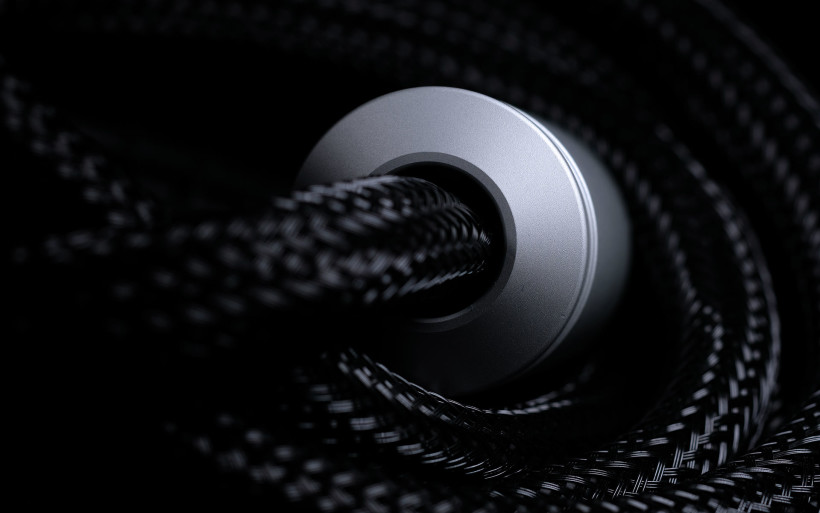 Figuratively speaking, my daily power box ran on regular fuel, had softer suspension and provided slower comfier ride versus today’s stiffer shocks, elevated torque and tank filled with high-octane content. The local machine got me from point A to B safely and with no bumps along the road, whereas the same distance handled as fast as possible was the Dane’s angle. Still, the latter was as roomy inside, its suspension had several modes to select from and its larger windows extended the view on the outside world. To frame this bit into the audiophile lingo, the Gigawatt versus Mainz8 A2 was more relaxed, denser, rounder, texturally loaded and dreamier, which should spell not a worse/better case scenario but rather apples against oranges. To quite an extent that’s what went down indeed, but there’s more.
Figuratively speaking, my daily power box ran on regular fuel, had softer suspension and provided slower comfier ride versus today’s stiffer shocks, elevated torque and tank filled with high-octane content. The local machine got me from point A to B safely and with no bumps along the road, whereas the same distance handled as fast as possible was the Dane’s angle. Still, the latter was as roomy inside, its suspension had several modes to select from and its larger windows extended the view on the outside world. To frame this bit into the audiophile lingo, the Gigawatt versus Mainz8 A2 was more relaxed, denser, rounder, texturally loaded and dreamier, which should spell not a worse/better case scenario but rather apples against oranges. To quite an extent that’s what went down indeed, but there’s more.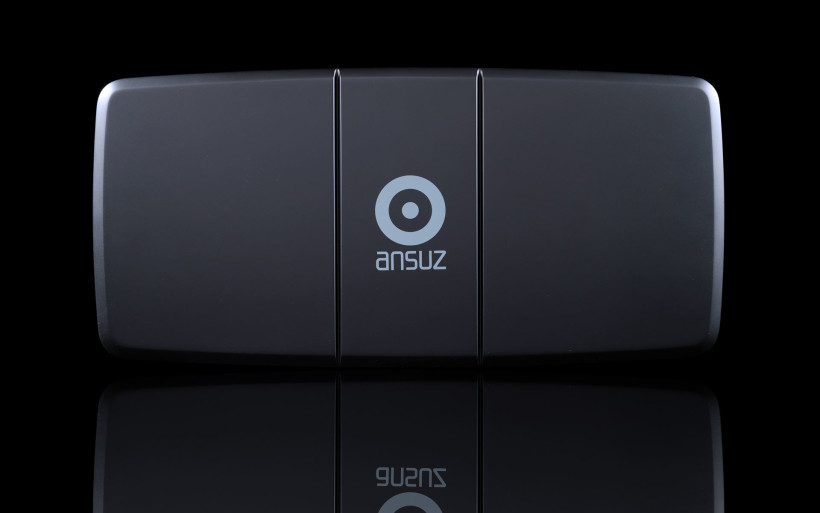 Both power boxes were liberated from grain, dryness and any artificial tint and had all foundational qualities in check; smoothness, textural complexity and pristine backdrop. But their difference in imaging and dynamic scaling changed the way how musical acts were presented as a whole. The Gigawatt projected landscapes coherently in front of me, whereas the airier Mainz8 A2 shortened distance to sound sources up close, which effectively turned its stage into more surrounding and also wider due to inherently enhanced openness. The local allowed me to see music on uniform pleasantly wet canvas, the Dane put me in it. Although both takes were finely developed, insightful and vivid beyond doubt, mood and pace swings from one to another were as distinctive as they were clear. One was also bigger in format.
Both power boxes were liberated from grain, dryness and any artificial tint and had all foundational qualities in check; smoothness, textural complexity and pristine backdrop. But their difference in imaging and dynamic scaling changed the way how musical acts were presented as a whole. The Gigawatt projected landscapes coherently in front of me, whereas the airier Mainz8 A2 shortened distance to sound sources up close, which effectively turned its stage into more surrounding and also wider due to inherently enhanced openness. The local allowed me to see music on uniform pleasantly wet canvas, the Dane put me in it. Although both takes were finely developed, insightful and vivid beyond doubt, mood and pace swings from one to another were as distinctive as they were clear. One was also bigger in format.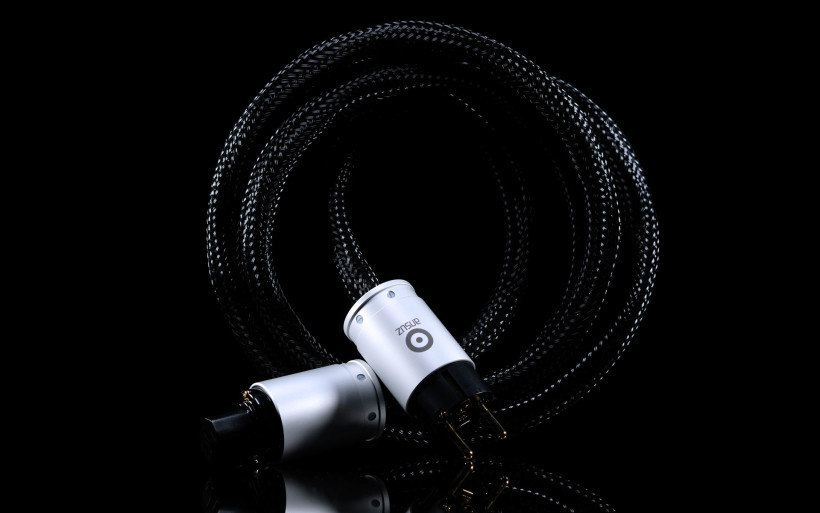 Once in a while, when not a single soul is around, I punish myself with SPL way above what most people would find enjoyable. My speakers not only take such beating with dignity, but can land impressively immediate raw and grand show exceptionally effortlessly and cleanly. Ansuz Mainz8 A2 had the upper hand on this particular easygoingness and propulsion. All dynamic transitions, jabs and spatial stunts heard on “Inchworm” by Battles boiled my blood with the Dane, but less so with the Gigawatt. The former made ambient space heard early on Luca Stricagnoli’s “The Last of the Mohicans” more expansive, spatially present and with longer reverbs versus the latter’s more distant and picturesque take. Double bass on Blixa Bargeld’s “Mi Scusi” was more stout, firm and resonant with the Ansuz, whereas my daily played it as equally deep but also rounder, softer and dreamier. Herr Bargeld’s voice the Mainz8 A2 portrayed more explicit and fleshier, the LC-3 SE EVO+ the same task executed in thicker less exposed fashion.
Once in a while, when not a single soul is around, I punish myself with SPL way above what most people would find enjoyable. My speakers not only take such beating with dignity, but can land impressively immediate raw and grand show exceptionally effortlessly and cleanly. Ansuz Mainz8 A2 had the upper hand on this particular easygoingness and propulsion. All dynamic transitions, jabs and spatial stunts heard on “Inchworm” by Battles boiled my blood with the Dane, but less so with the Gigawatt. The former made ambient space heard early on Luca Stricagnoli’s “The Last of the Mohicans” more expansive, spatially present and with longer reverbs versus the latter’s more distant and picturesque take. Double bass on Blixa Bargeld’s “Mi Scusi” was more stout, firm and resonant with the Ansuz, whereas my daily played it as equally deep but also rounder, softer and dreamier. Herr Bargeld’s voice the Mainz8 A2 portrayed more explicit and fleshier, the LC-3 SE EVO+ the same task executed in thicker less exposed fashion.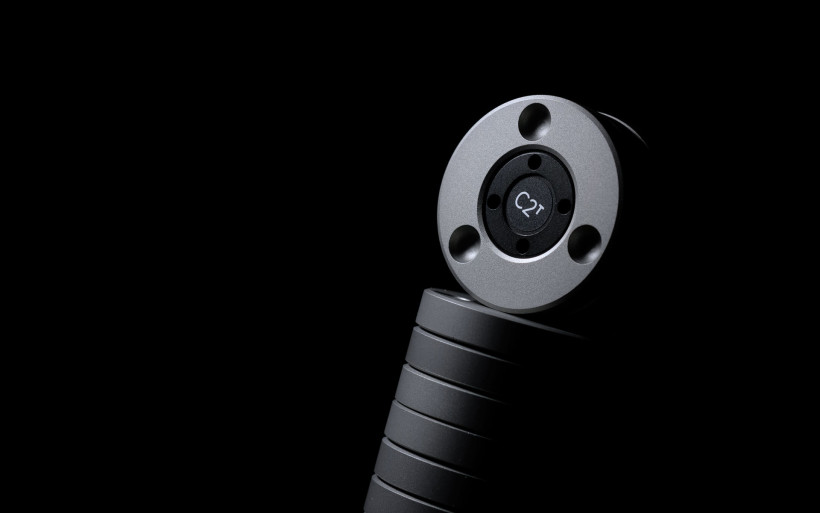 Let’s get back to the Ansuz loom’s adaptive suspension, which in the audio context translates to extraction of each connected product’s and music genre’s core voice with all biases and pickiness left at the door. Designed to clean and reveal rather than prettify and change, this report’s gear turned listed tasks into child’s play, but that’s how it goes with efficacious noise sorters. They won’t mask one colouration with another, but are highly universal in return and thus not situational. C-MARCs by LessLoss are the most affordable into this sort of thing and the Ansuz family follows suit to further expand on agility, spatial presence, accuracy and openness. That’s this report’s main twist really, but potently executed, applicable with no restraints and free from possible trade-offs; dilution, excessive chiseling, upstairs zing, thinness or textural paleness. All that was off the menu, on the contrary to delicate female whispers as fetching as wild guitar solos were just one track later. The Mainz family simply wasn’t fussy and performed at a very high level regardless of challenges ahead.
Let’s get back to the Ansuz loom’s adaptive suspension, which in the audio context translates to extraction of each connected product’s and music genre’s core voice with all biases and pickiness left at the door. Designed to clean and reveal rather than prettify and change, this report’s gear turned listed tasks into child’s play, but that’s how it goes with efficacious noise sorters. They won’t mask one colouration with another, but are highly universal in return and thus not situational. C-MARCs by LessLoss are the most affordable into this sort of thing and the Ansuz family follows suit to further expand on agility, spatial presence, accuracy and openness. That’s this report’s main twist really, but potently executed, applicable with no restraints and free from possible trade-offs; dilution, excessive chiseling, upstairs zing, thinness or textural paleness. All that was off the menu, on the contrary to delicate female whispers as fetching as wild guitar solos were just one track later. The Mainz family simply wasn’t fussy and performed at a very high level regardless of challenges ahead.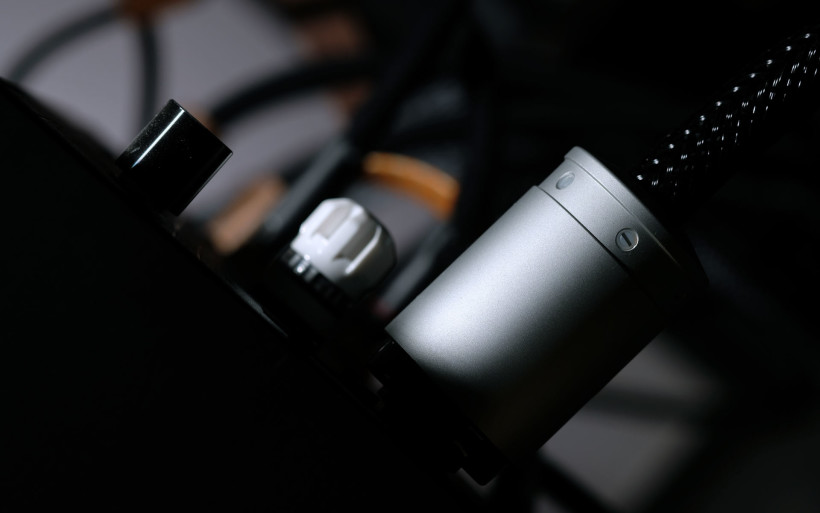 Once the Mainz8 A2 and Mainz A2 were separately evaluated, it seemed fitting to combine them and put against my crib’s regular residents conjoined, but to describe this fight I’d repeat myself. Let me just say that my power chain wasn’t beaten to a pulp as over the years it simply became too good to easily collapse. It removes grit effectively enough to early on be seen by many enthusiasts as similar to the Ansuz stack on groundwork, but with energy and tone richness differently prioritized. However, this status quo would change about some two back and forths later. Today’s team scored higher notes on several counts not related to flavouring or mandatory sonic fields, hence effectively positioned itself higher up in the food chain. At the moment I’m aware of no other power setup this silent, spatially majestic, open and energetic at the same time.
Once the Mainz8 A2 and Mainz A2 were separately evaluated, it seemed fitting to combine them and put against my crib’s regular residents conjoined, but to describe this fight I’d repeat myself. Let me just say that my power chain wasn’t beaten to a pulp as over the years it simply became too good to easily collapse. It removes grit effectively enough to early on be seen by many enthusiasts as similar to the Ansuz stack on groundwork, but with energy and tone richness differently prioritized. However, this status quo would change about some two back and forths later. Today’s team scored higher notes on several counts not related to flavouring or mandatory sonic fields, hence effectively positioned itself higher up in the food chain. At the moment I’m aware of no other power setup this silent, spatially majestic, open and energetic at the same time.
Summary
Although the full Ansuz set as reviewed will set you back a cool €17’284, this bill is relative to one’s income. Individuals accustomed to such expenses won’t see it in the same way as those who aren’t, but the understanding of what clean power does to our setups is the universal connection above financial reach. To me power components are more important than most other accessory types I can think of. If covered well, this base can leave upgrade itches at the door for years to come and outlast any amp, DAC or a speaker set. It’s the proverbial soil from which everything flourishes and having said that, this report’s hardware emerged as exceptionally fertile.
Although liberated from flamboyance by design, all Ansuz A2 loaners inspected up close showed uniform meticulous execution typical for large audio establishments with their manufacturing processes down pat. Suffice to say, today’s black visually simple exterior mixed with subtle silver bits is the universal safe route fit for any living room. It’s fair to mention that coin listed above easily gets us bigger boxes, thicker cables and heftier footers elsewhere, but team Ansuz didn’t even bother. Why would they? Bling is not in their Scandinavian DNA, on the contrary to usefulness and minimalism to quickly shift one’s focus from looks to performance.
This report’s set is clearly aimed at audio aficionados, who see extra 15 or 20 grand injected into their far costlier setups as a good ROI if a major sonic spike follows. As a journo fortunate to sample audio luxury way above my pay grade, once in a while I share the view. The Ansuz A2 loom fits the profile accurately enough by my standards to unlock it now. It’s up to a subjective debate whether voicing built upon silent, humane, open, insightful and highly energetic foundation would fit into your own hardware or not, but today’s audible effectiveness isn’t. This lot complemented my own rig in a way I haven’t yet heard. Danes undoubtedly play it big, but surely impress where it matters the most. Considering that the A2 tier is not their best or even second best, it’s scary to think what these Vikings did higher up in their offer. ‘Til next time!
Associated Equipment:
- Amplifier: Trilogy 925, Kinki Studio EX-M1, Bakoon AMP-13R, Firstwatt F7
- DAC: LampizatOr Pacific (KR Audio T-100 / Living Voice 300B + KR Audio 5U4G Ltd. Ed.)
- Preamplifier: Thöress DFP
- Speakers: Boenicke Audio W11 SE+
- Transport: fidata HFAS-S10U
- Headphones: HifiMan Susvara
- Speaker cables: Boenicke Audio S3, LessLoss C-MARC
- Interconnects: Boenicke Audio IC3 CG
- Power components: Gigawatt PC-3 SE EVO+, Gigawatt PF-2 + Gigawatt LC-2 MK2 + Audiomica Laboratory Ness Excellence/LessLoss C-MARC
- Rack: Franc Audio Accesories Wood Block Rack
- Music: NativeDSD
Retail prices of reviewed components in EU (incl. tax):
- Ansuz Mainz8 A2: €3’500
- Ansuz Mainz A2 (2.0m): €2’700
- Ansuz Mainz A2 (4.0m): €4’500
- Ansuz Darkz C2t : €280/1
- Titanium balls: €16/1
Manufacturer: Ansuz Acoustics


